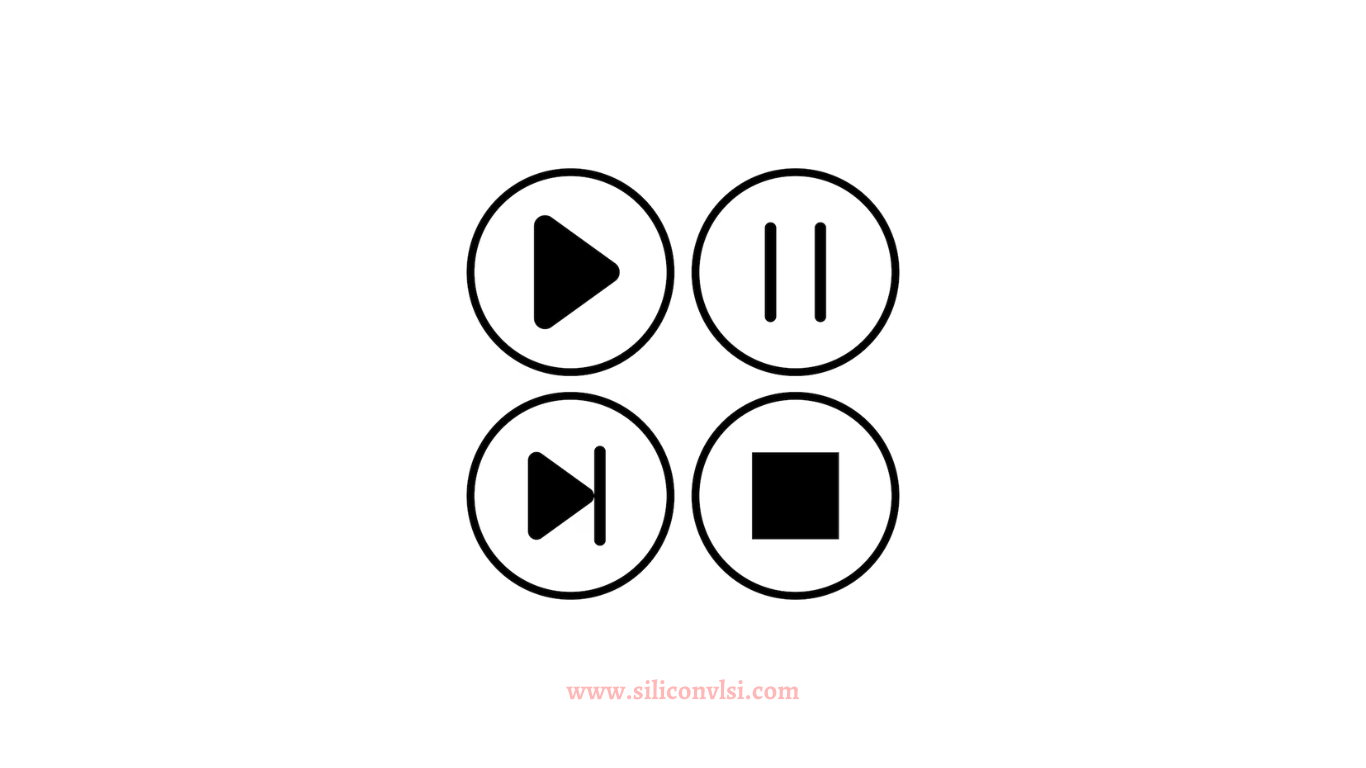Portable Media
A Portable Media player plays digital media and is typically small in size, available in various colors. Besides its compact size, the player boasts other valuable features, often capable of playing more than one type of media. Pictures, video, and audio files are among the different types of media that can be played on any media player.

A handheld device designed for playing digital media, such as music, videos, and photos, is a portable media player. It entertains on the go, providing a personal soundtrack or private screening anywhere, anytime. These gadgets redefine convenience with evolving features and capacities. Want to discover how they can enhance your daily routine? Let’s delve deeper into the world of portable media players.
The required storage space for a media player depends on the number of files a person wishes to carry. While some file types are larger than others, standard media players can usually play them all. Basic pictures, audio, and video files that are almost always compatible include MP3, WMA, AAC, WAV, JPEG, MPEG-4, and WMV. Some players can also display GIF, TIFF, and PNG image files.
The best media players provide additional storage space through memory card slots. Memory cards, ideal for holding digital files, come in different sizes and are easy to use. Portable media player memory cards cater to different needs.
History of Portable Media
The first portable player, introduced in 2002 by a company called Archos, played a significant role in the history of portable media devices. Archos, founded in 1988, is renowned for its portable media devices, and the inaugural portable media device that played digital video and audio files. Although primarily considered a consumer electronic device for pleasurable purposes, portable media players also find utility in business and professional environments. Professionals might use them to connect to a television during a presentation or conference.
What is a media player used for?
Media players offer a wide range of features, including organizing multimedia collections, playing songs and movies, ripping CD tracks to MP3 and other audio formats, burning CDs, listening to Internet radio, downloading content from online music stores, and streaming content from the Internet.